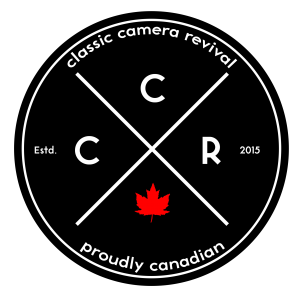Let’s face it, 2020 wasn’t the best year and while we would have loved to have gathered with all our listeners in the GTHA region for our five year anniversary that just couldn’t happen because we’re still in the time of plague. And while we never got into the studio as much as we wanted, we figured in the final episode of our season we should safely gather with three meters between each other to bring you the season finale. And like the holiday season that is upon us, there are lots of leftovers and our team has been busy through this past year and have some last thing to bring to the table for the show.
Olympus OM-2n
If you remember at the beginning of our season, we had Lori Brooks on the show to talk not only on her camera building but also the Olympus OM system. And in true CCR fashion, the GAS hit Alex hard and he managed to score some inexpensive OM cameras, the OM-1n and the OM-2n. The OM-2n became a fast favourite as another compact SLR system with a near bulletproof metering system. The direct film plane metering combined with excellent optics that have a great snap to them, the OM-2n will be a standard camera for future reviews of films and developers.
Camera Specs
Make: Olympus
Model: OM-2n
Type: Single Lens Reflex
Format: 135 (35mm), 36x24mm
Lens: Interchangeable, Olympus OM-Mount
Shutter: Electronic Focal Plane Shutter, 120″ – 1/1000″ (Automatic)/1″ – 1/1000″ (Manual) + Bulb
Meter: 2x Silicon Blue Cells for Direct Film Plane metering + 1x CdS cell for manual exposure.
Year of Manufacture: 1975-1979 (OM-2), 1979-1984 (OM-2n), 1984-1988 (OM-2SP)

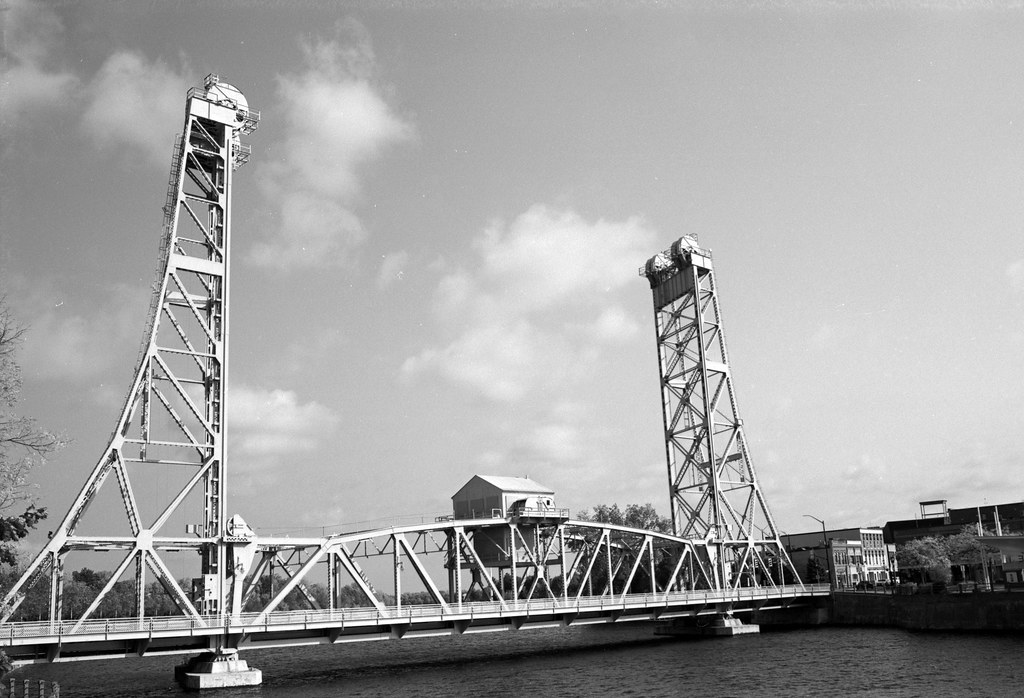

Minolta X700
One camera that Bill has been working with more this past year is the Minolta X-700. The X-Series from Minolta came after they split ways with Leica so in the 1980s they expanded their line and produced a series of plastic fantastic cameras. The X-700 provided full auto-exposure like the previous XD. The X-700 is a full AE camera with semi and manual operations built-in so to allow full use of all functions you will want MD style lenses. MC’s will work but you are limited to Aperture priority and Manual only. Despite the plastic construction, the camera is solid and well built. However, the electronics due suffer and it is known to have some failures in resistors. Thankfully they can be had cheap these days and often easier to replace rather than repair.
Camera Specs
Make: Minolta
Model: X-700
Type: Single Lens Reflex
Format: 35mm, 24×35
Lens: Interchangeable, Minolta MD Mount
Shutter: Electronic Horizontal Travel Focal Plane Shutter, 4″ – 1/1000″ (Automatic), 1″ – 1/1000″ (Manual) + Bulb
Meter: 2x SPD TTL Metering, EV1 ~ EV18 @ ASA-100, ASA-25 – ASA-1600
Year of Manufacture: 1981
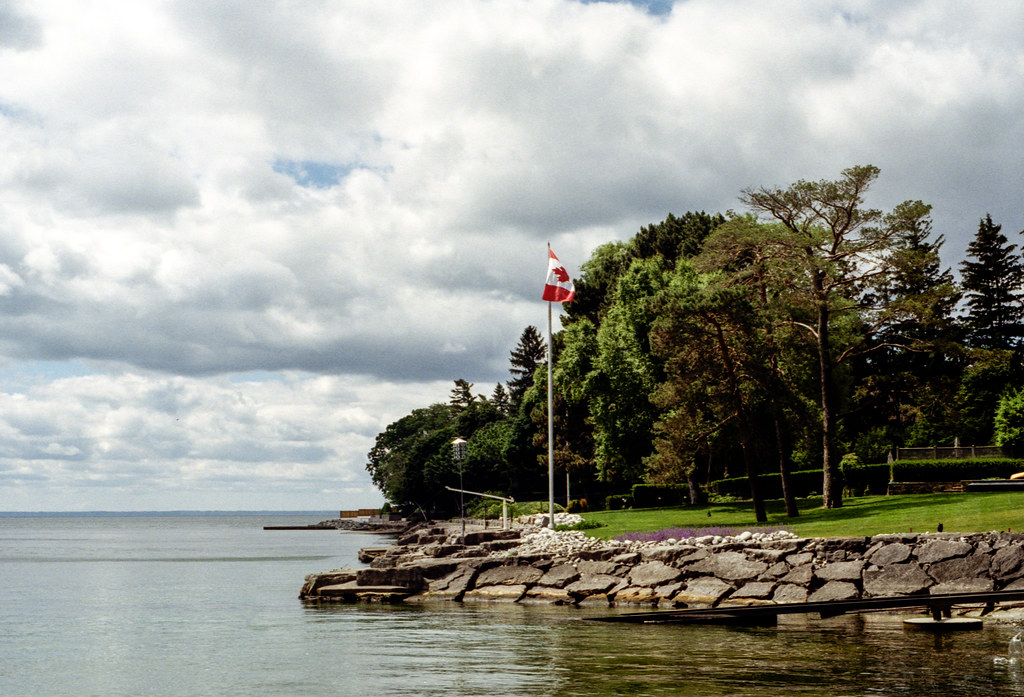

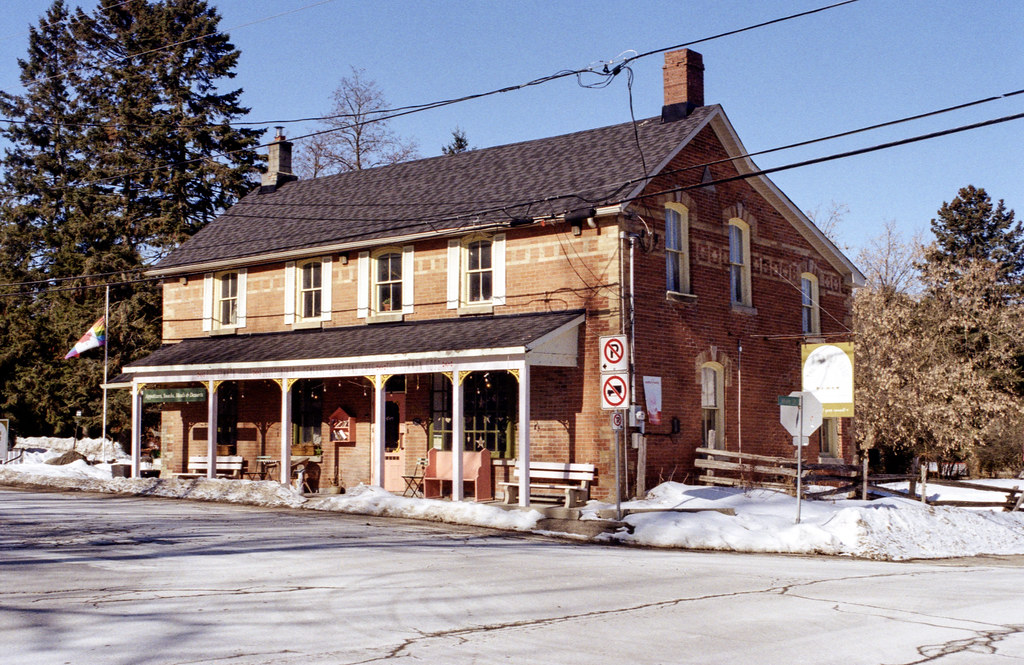
Ultrafine Xtreme & Pyrocat-HD
If you’re a long time listener to the podcast, the two items that John talks about on today’s show are no strangers, that being Ultrafine Extreme and Pyrocat-HD. Ultrafine Extreme film is sourced from a mysterious company (which we believe is Harman Technologies). For an inexpensive film, the results speak for themselves, despite the price, the quality is certainly not reflected in the price. You can get the film in two flavours, ASA-100 and ASA-400. But the one developer that John loves Extreme 400 in is Pyrocat-HD. Pyrocat-HD, in a nutshell, is a modern version of a century-old developer formula. Pyrocat-HD came out in 1999 and developed by Sandy King. And while less toxic than other Pyro based developers, you still don’t want to drink it. It is a compensating developer that offers up the best of sharpness and fine grain while imparting a stain on the negatives that do help with darkroom printing. Pyrocat-HD comes in two parts that are usually mixed in a 1+1+100 dilution, the regular stuff lasts about a year (but can last longer) a glycol version has a three-year shelflife.
Pyrocat-HD Specifications
Manufacture: Sandy King
Name: Pyrocat-HD
Primary Developer: Pyrocatechin, Phenidone
Type: One-Shot
Mix From: Liquid
Ultrafine Extreme 100 Specifications
Type: Panchromatic B&W
Film Base: Acetate
Film Speed: ASA-100, Latitude: 50-400
Formats Available: 35mm, Medium (120) Format
Ultrafine Extreme 400 Specifications
Type: Panchromatic B&W
Film Base: Acetate
Film Speed: ASA-400, Latitude: 200-3200
Formats Available: 35mm, Medium Format (120)


Bergger Pancro 400
Throughout the year Bill made a point to find the sweet spot for Bergger Pancro 400. Unlike the previous Bergger film, BRF400, which is reloaded ORWO N74, Pancro 400 is an original emulsion. While a little more grain than similar speed films out there, the grain is pleasing. Plus there’s plenty of latitudes available on the film for push and pull. And you get some amazing tones out of the film and sweet contrast. Bill’s plan to tame the film comes in the form of HC-110 Dilution B and D-76/ID-11 at a 1+1 dilution. Although Pyrocat-HD is a sweet choice.
Specification
Type: Panchromatic B&W
Film Base: Acetate
Film Speed: ASA-400, Latitude: 200-1600
Formats Available: 35mm, 120, Sheets
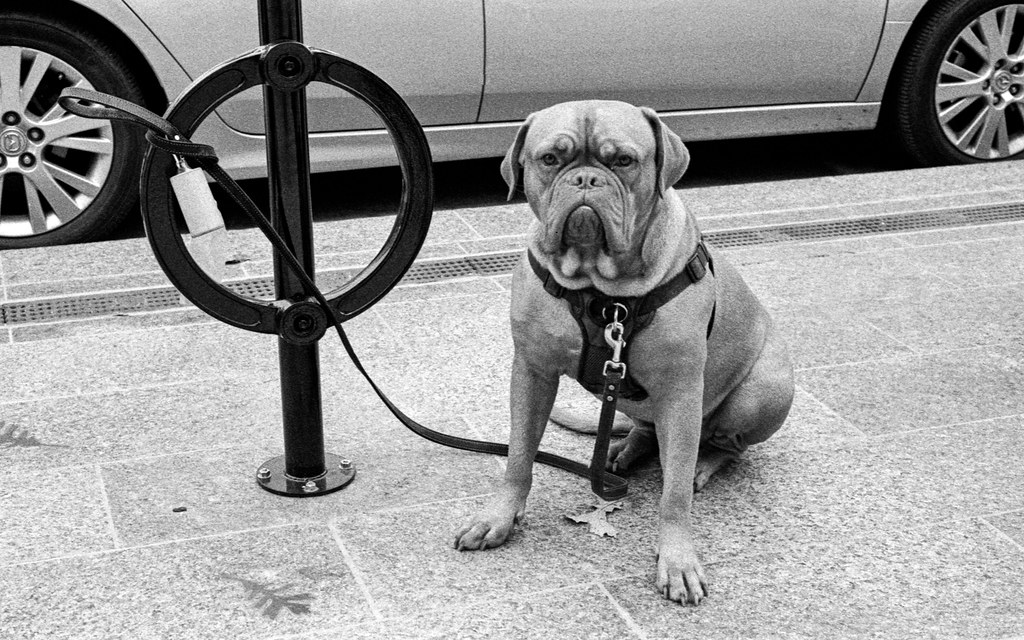

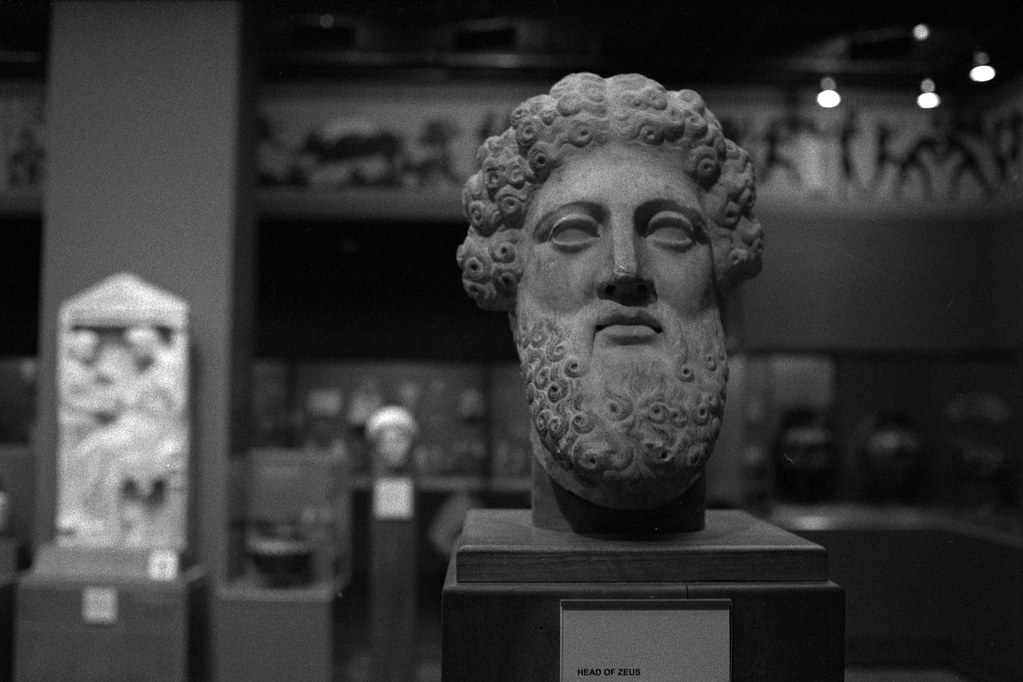
Adox FX-39II
While people love to use Kodak D-76/Ilford ID-11 as a general-purpose all-around developer, but what if there was something less toxic and using a common near-universal time for every film shot at the box speed? Enter Adox FX-39, FX-39 is an improved version of Neofin Red, FX-39II is exactly the same as the original version but with better shelf life. Because you’re using a developer that has the same developing time for any film, you can use a single bottle of chemistry to developer 90% of the film in your bag. It’s best to shoot the film at box speed, but it does have some compensation built in so you should be able to push or pull your film easily. You have three options for dilutions and three different standard times.
Specifications
Manufacture: Adox
Name: FX-39 II
Primary Developer: Hydroquinone
Type: One-Shot
Mix From: Liquid
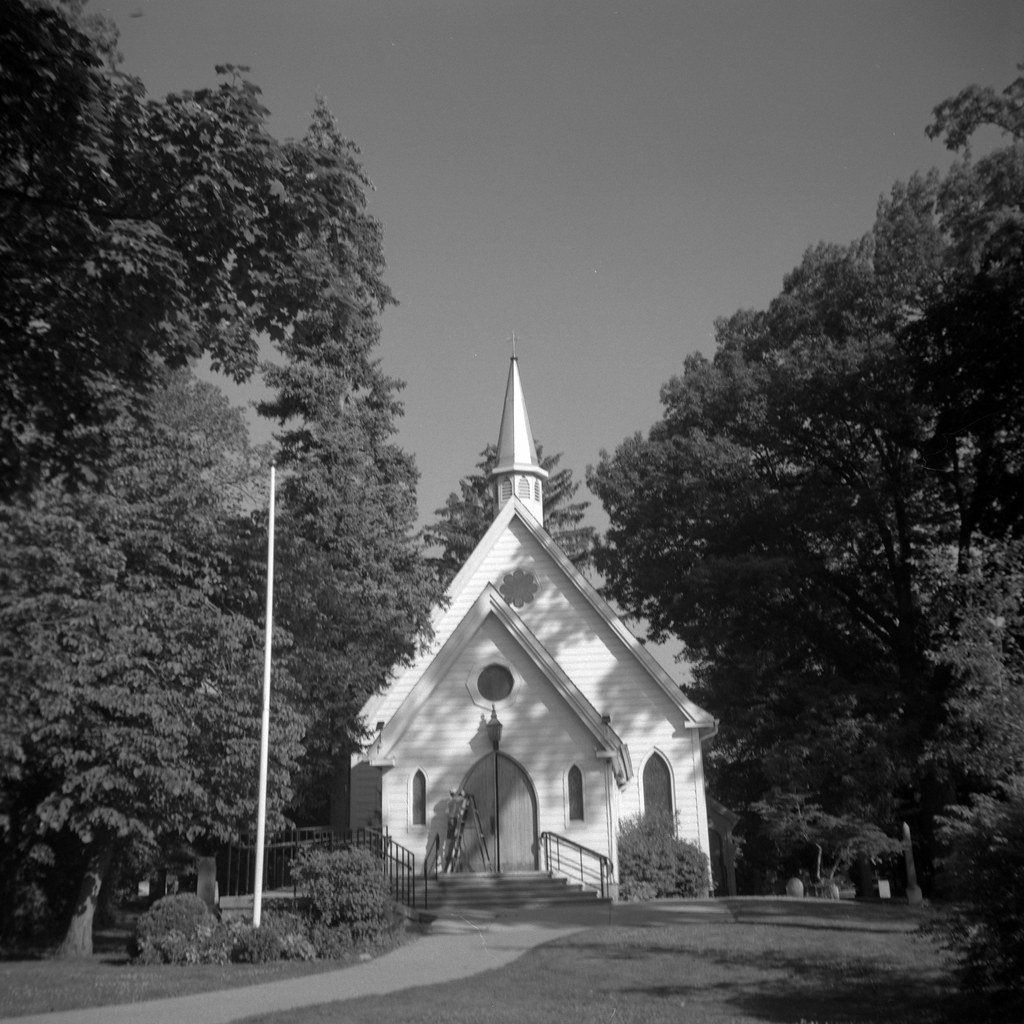


Ilford Perceptol
If you’re a fan of slow films or slowing your film down, then James’ developer of choice is Ilford Perceptol. Perceptol, unlike its cousin Microphen, is best used with slow films or to pull those faster films. It’s a bit of a sleeper with more people going for Microphen for two reasons. Microphen will developer more rolls per 1L and is slightly cheaper. Compared, Perceptol can be expensive and only developers four rolls per 1L stock solution. The developer produces fine grain even in stock solution and outperforms the developer it was based on, Kodak Microdol-X. James’ personal favourite is Fuji Acros 100 rated at ASA-80.
Specifications
Manufacturer: Ilford
Name: Perceptol
Primary Developer: Metol
Type: Reusable or One-Shot
Mix From: Powder

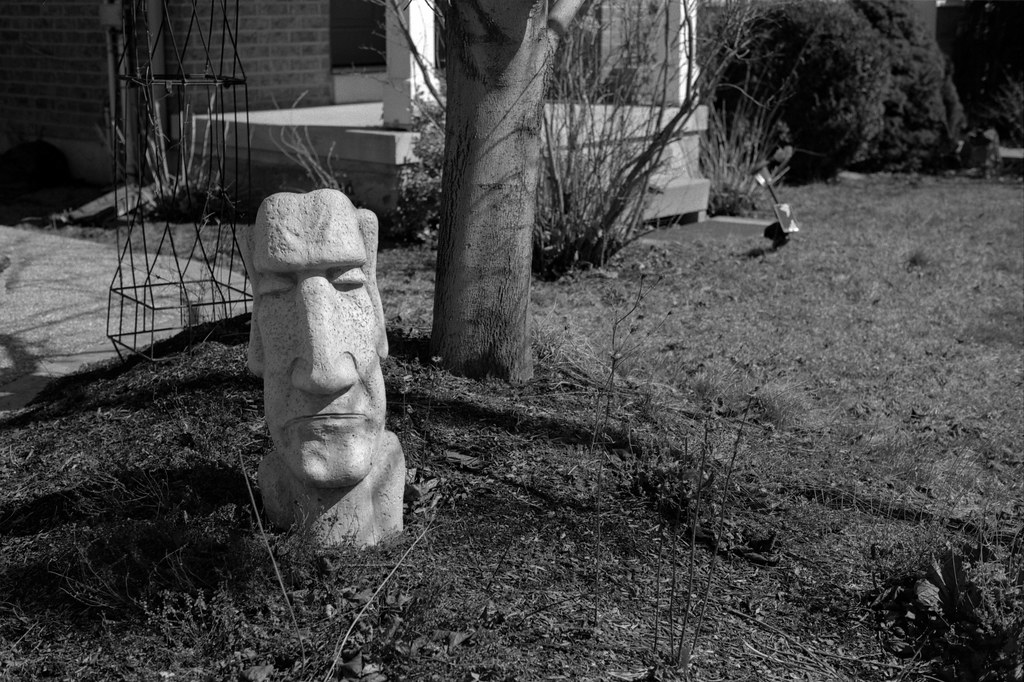
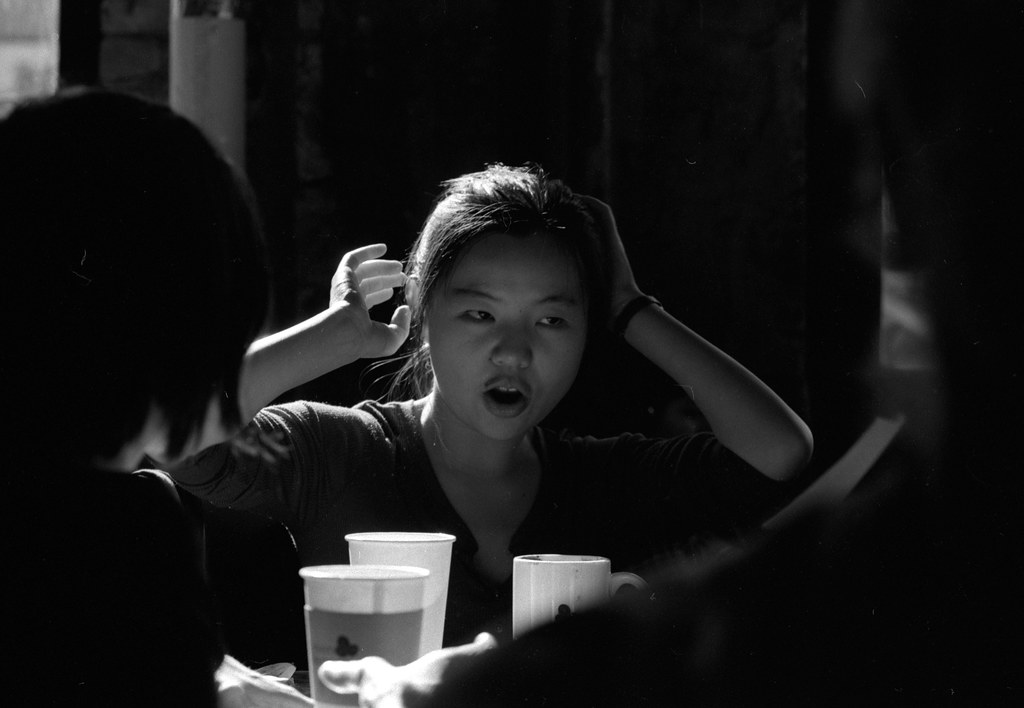
Super-Multi-Coated (67) 105mm 1:2.4
If there is a single lens that has captured the imagination of hundreds of photographers that shoot the Pentax 6×7 series it is the stunning 105mm f/2.4. Like the Nikon 105/2.5, the 105/2.4 is a beautiful but heavy lens. And either you have the lens, or you want the lens, it’s just that awesome and you need no justification to add one to your lens kit if you run a 6×7 Pentax. The lens is sharp and has a beautifully rendered out-of-focus area it’s downright swirly if you hit that sweet spot. But for the best optical results, you’ll want to shoot this between f/8 and f/11.
Specifications
Make: Pentax
Model: SMC Pentax 67 105mm 1:2.4
Focal Length: 105mm
Focal Range: ∞ – 1m
Aperture: f/2.4 – f/22, 9 Blades
Structure: 6 Elements in 5 Groups
Want a subscription to SilverGrain Classics and are a fan of Classic Camera Revival? Visit their shop online and buy a magazine or a subscription? Looking for a good spot to get your gear and material fix check out Burlington Camera (Burlington, ON), Downtown Camera (Toronto, ON), Film Plus (Toronto, ON), Belle Arte Camera (Hamilton, ON), Pond’s FotoSource (Guleph, ON), Foto Art Camera (Owen Sound, ON). Out West there’s The Camera Store (Calgary, AB) and Beau Photo Supply (Vancouver, BC). Additionally you can order online at Argentix (Quebec), buyfilm.ca (Ontario), the Film Photography Project or Freestyle Photographic. Looking for development options, check out these labs that have our support, Boréalis Photo Lab, Old School Photo Lab, The Darkroom, and Film Rescue International.
Also you can connect with us through email: classiccamerarevivial[at]gmail[dot]com or by Facebook, we’re at Classic Camera Revival, Twitter @ccamerarevival, and Instagram (@classiccamerarevival)!
